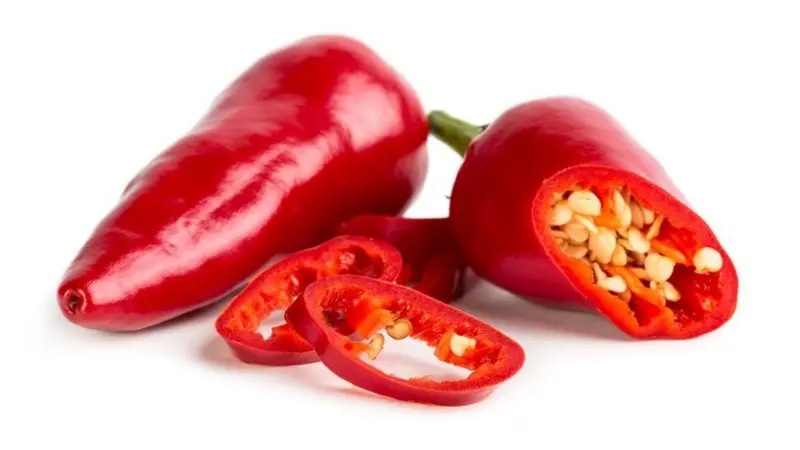A study conducted in the central Chinese province of Sichuan found a possible relationship between the regular consumption of spicy foods and a lower incidence of cardiovascular and cerebrovascular diseases.
The research, recently published in the Chinese Journal of Epidemiology. Analyzed data from more than 50,000 residents of Pengzhou Municipality, Sichuan. A Chinese province known for its chili-rich cuisine, over a period of 21 years.
The research team, comprised of experts from the Chengdu Medical College. The provincial capital, and several disease prevention centers in the region. Based on surveys initiated in 2004 and evaluated factors. Such as frequency of chili pepper consumption, preferred spiciness, usual consumption methods. And the age at which spicy food was regularly incorporated into the diet.
Reduction in Heart and Brain Diseases
According to the study, people who consume spicy food six or seven times a week have an 11 percent lower risk of cardiovascular and cerebrovascular diseases than those who rarely include it in their diet.
The data also suggest a 14 percent reduction in the likelihood of ischemic heart disease. A 12 percent lower risk of cerebrovascular disease, and a 15 percent lower risk of ischemic stroke.
Regarding the level of spiciness, those who prefer a moderately spicy flavor were, according to the analysis, 14 percent less likely to develop these diseases. Compared to nine percent of those who enjoy intense spicy food and seven percent of those who prefer mild flavors.
However, it was observed that the benefits appear regardless of the form in which the chili pepper is consumed. Whether fresh, dried, in oil, or in sauces.
The study is consistent with previous studies in the Asian giant that highlighted the role of capsaicin. The active compound in chili, in dilating blood vessels and reducing blood pressure.
The researchers emphasized that the mechanisms behind these associations have not yet been definitively identified. In part due to the lack of data on exact amounts consumed, daily frequency, or individual tolerance to spicy food.
With information from the Chinese Journal of Epidemiology and Efe
- Gibara advocates for efficient exploitation of reserves and capacities - 28 de December de 2025
- UN: 2025 Marked by First Agreement on Pandemics - 28 de December de 2025
- The End of a Historic Exception: Cuban Migrants in the Trump Era - 27 de December de 2025

